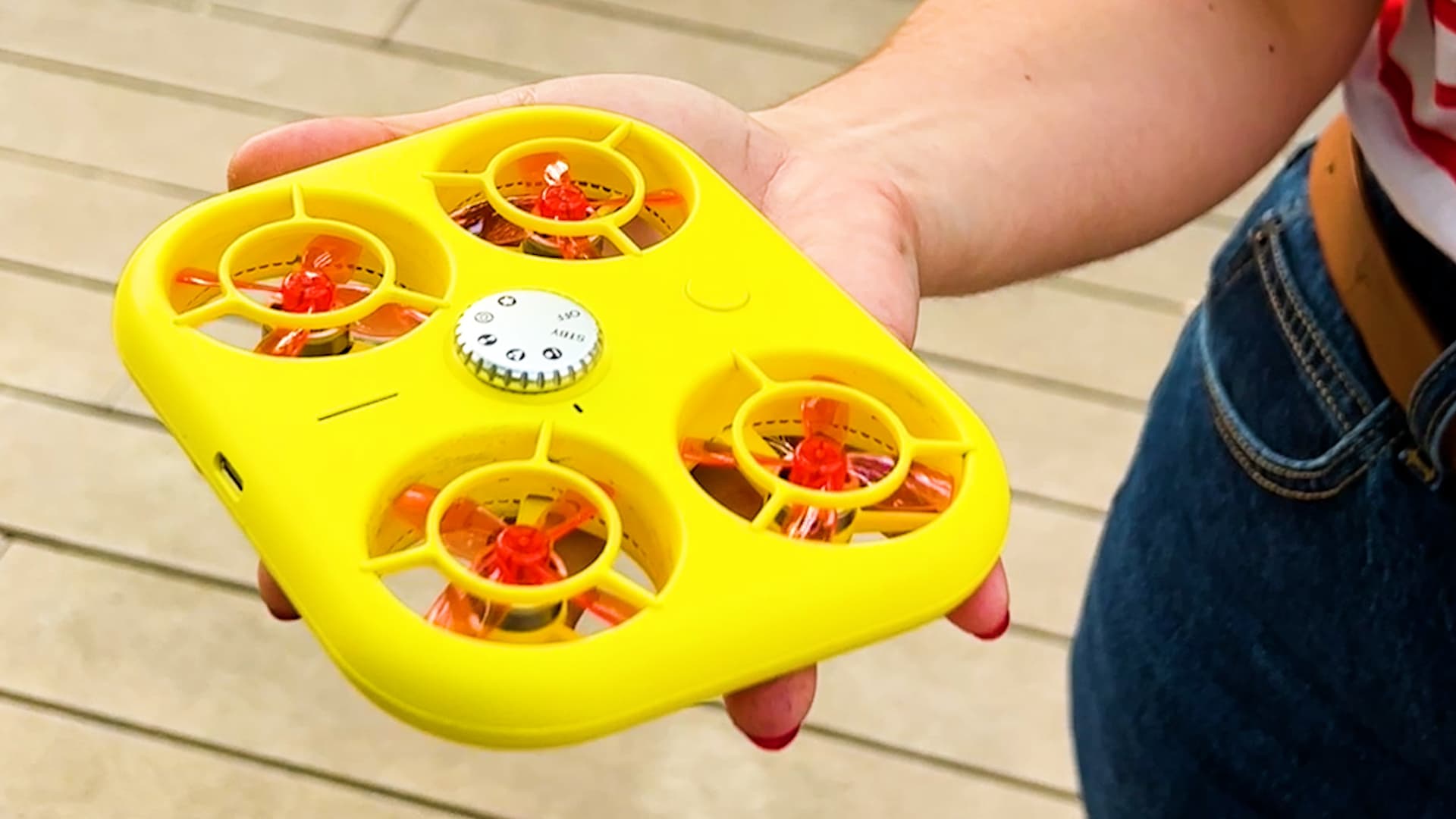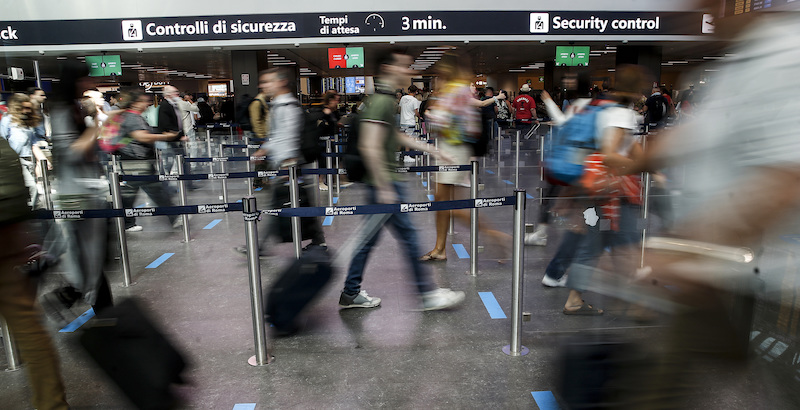Available in France and the United States, the Snapchat drone is presented as a gadget reserved for playful and occasional use. But at 250 euros, it offers a very modest service.
Snapchat (now called Snap) has started marketing a “fun” drone, aimed at a young audience and for taking quick photos and videos. The device is called Pixy, and it is already available in France and the United States. BFMTV had the opportunity to get their hands on it and test it for a few days. We flew the drone in various conditions to test its capabilities.
Pixy is available exclusively on the dedicated Snapchat site. It costs 250 euros.
Unstable and noisy
Snap’s drone looks like a yellow rectangle. It has four protected propellers, and two cameras. One, located on the edge, identifies the user, and the other, located on the bottom, must identify the floors and hands to land.
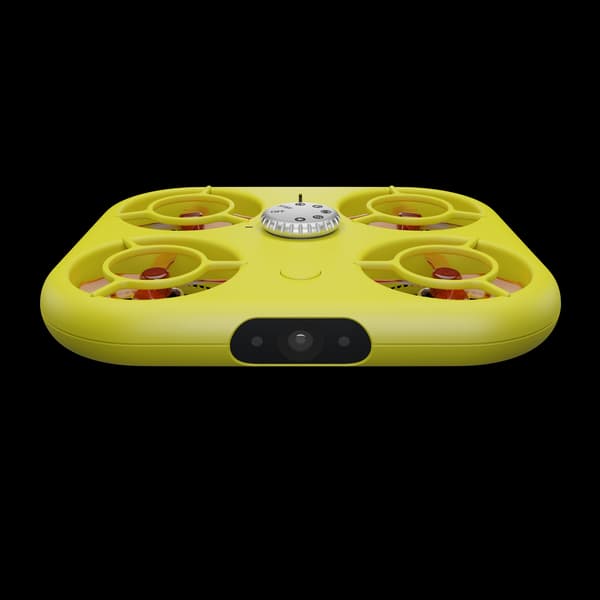
The drone measures about 13 by 10 centimeters, and about 2 cm wide. Snap claims the possibility of carrying it “in your pocket”, which is true for men, but not really for women, as we have seen.
First observation: Pixy is very light, with barely a hundred grams on the scale. This feature, which presents itself as an advantage for its portability, can quickly become a nightmare at the slightest breeze.
We paid for it, and were able to see how much the little drone pitches when it is exposed to climatic conditions other than a bright sun. It is also particularly noisy.
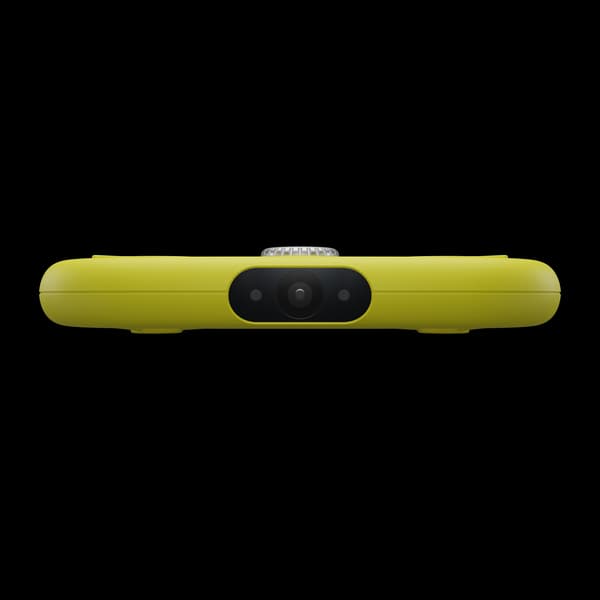
Moreover, stability is not its strong point. Even without wind, the device has a little trouble positioning itself stably, especially when the “follow” mode is activated.
Pixy is deliberately easy to learn. Here, no control lever, nor a slew of adjustment buttons. There is simply a yellow button, which allows you to turn it on and make it take off, as well as a wheel presenting the five shooting modes available. Pixy takes off and lands alone: its use is childish.
Beware of collision
Another advantage: the shooting modes are varied. The first “stationary” mode is basic, and allows you to take videos or photos at short distance, alone or with others. It can easily be compared to a much improved version of the famous “selfie sticks”.
Then we find the “orbit” mode, which rotates the drone 360 degrees around us. For obvious reasons, it must be used in wide and open places, in order to avoid collisions. What we learned the hard way, after our drone-guinea pig hit a wall.
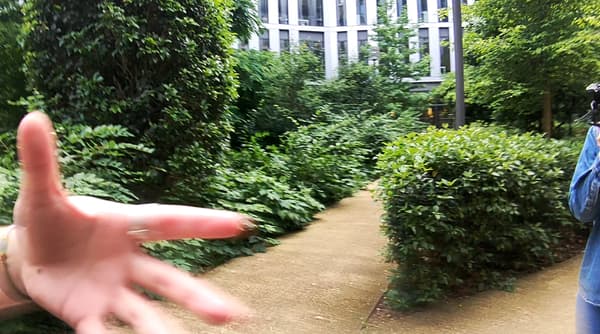
Other collisions have also occurred during “Follow” mode, which as its name suggests, tells the drone to follow the user. This mode is probably the most disappointing.
While we saw successful follow-ups, where Pixy maintained a cruising speed and flawless stability, the robot strayed numerous times, remaining in hover mode. And this without taking into account the speed at which we were walking in front of him. The drone, for example, had the absurd idea of rushing into a bush at high speed, without the slightest reason, risking great damage.

The “Revelation” mode is particularly playful. It allows Pixy to be programmed to fly at 3, 6 and 9 meters horizontally. It is particularly ideal for group visions or even landscapes, and proved to be rather functional during our tests. Finally, the “Favorite” mode allows you to directly set the mode and configuration of your choice.

Low battery life, poor video quality
The camera has a capacity of 12 megapixels and offers a very questionable image quality. The videos, in particular, jump in a rather unpleasant way, and the fluidity is not always there. The photo part is however more promising.
Content can be integrated directly into Snap, but also exported to your smartphone from the application, for more diversified use. The fact of not being dependent on the application to use the photos and videos is a strong point.
Pixy’s battery life isn’t an advantage either. We tested it with a set of three batteries (sold separately), and an external charger. But at the end of our tests, all our batteries were quickly exhausted. Difficult to take Pixy on a whole day, for a trip for example.
With such a service, the price of 250 euros seems very difficult to justify.
–
